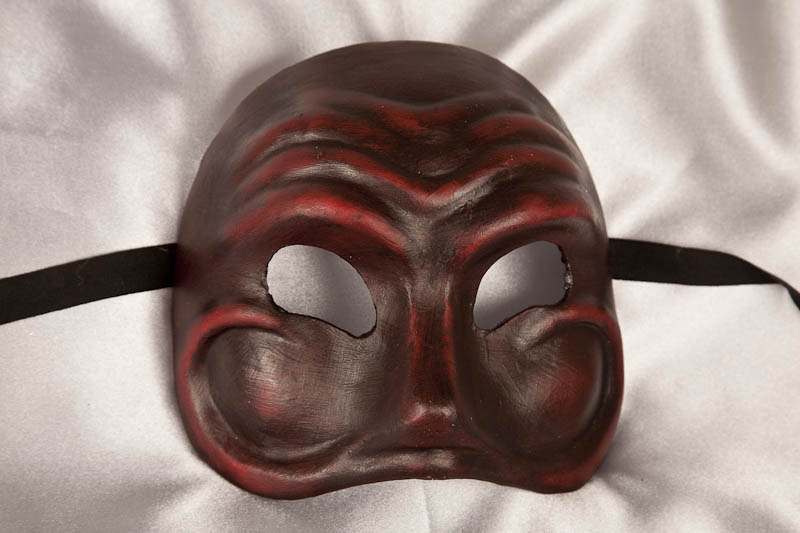VENETIAN MASK CHARACTERS DIFFERENT TYPES AND THEIR ORIGIN
Commedia Dell’Arte is a popular form of improvisational theatre, which began in Italy during the 15th century, maintaining its popularity through to the present day
The outdoor performances, funded by donations, were improvised around a repertory of conventional situations: adultery, jealousy, old age & love, with dialogue and action adjusted to satirize local scandals, current events, or regional tastes, mixed with ancient jokes and punch lines
Many of the characters were portrayed by actors wearing masks — including the witty gentleman’s valet Harlequin; the Venetian merchant Pantelone; the honest and simpleminded servant Pierrot; the maidservant Columbina; the unscrupulous servant Scaramouche, and the braggart Capitano.
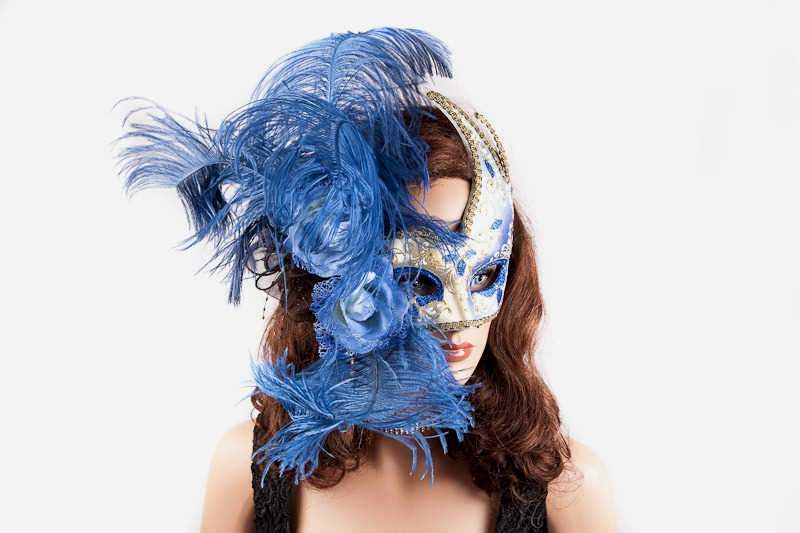
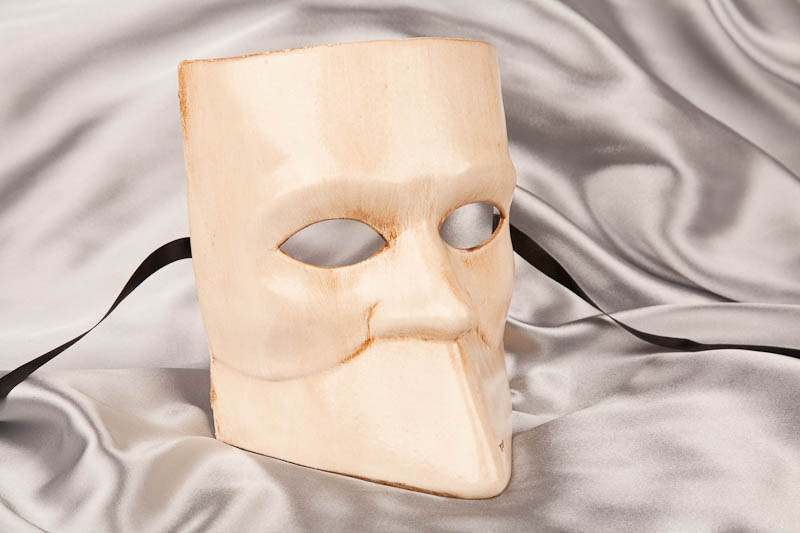
THE BAUTA
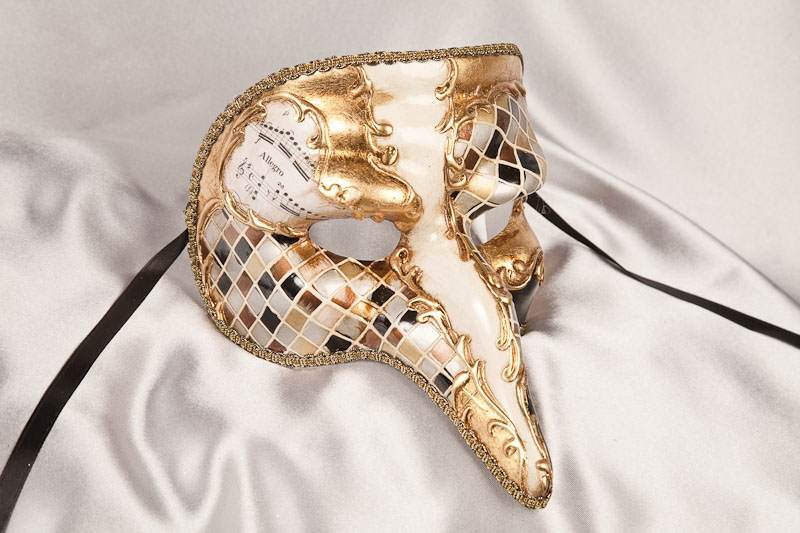
MORETTA MASKS
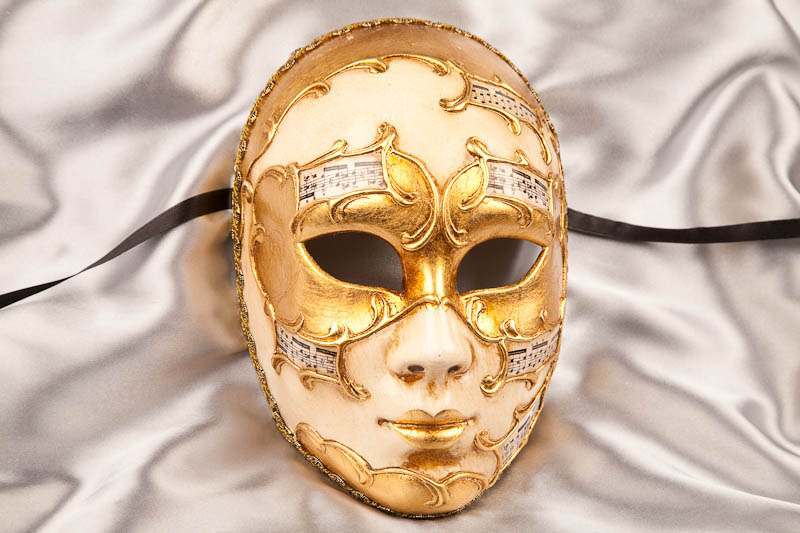
LARVA, OR VOLTO: FULL FACE MASKS
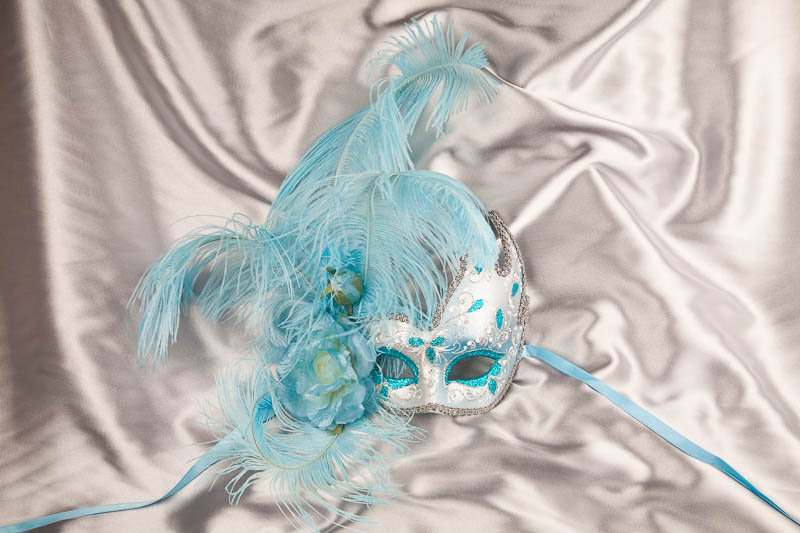
FEATHERED MASKS
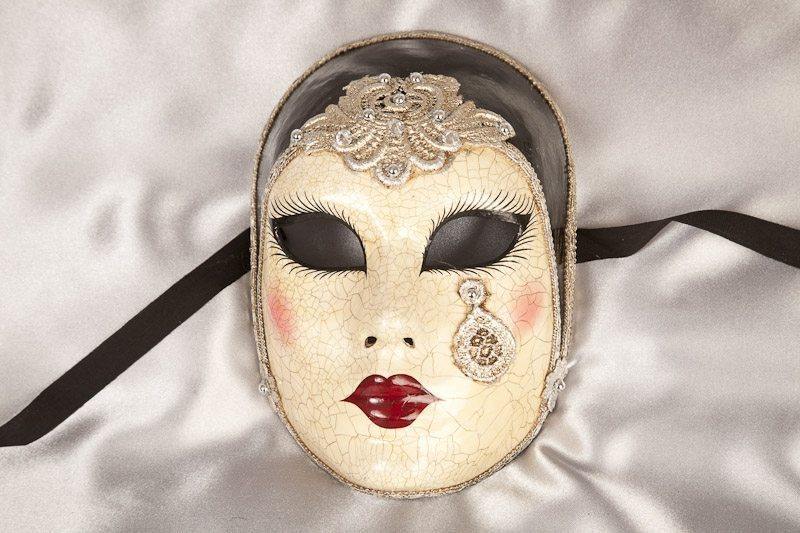
PIERROT MASKS
Despite suspicions about things, Pierrot always end up trusting people and believing in their lies. A stock character of pantomime and Commedia dell’Arte

GATTO: CAT MASKS

COLUMBINA MASKS
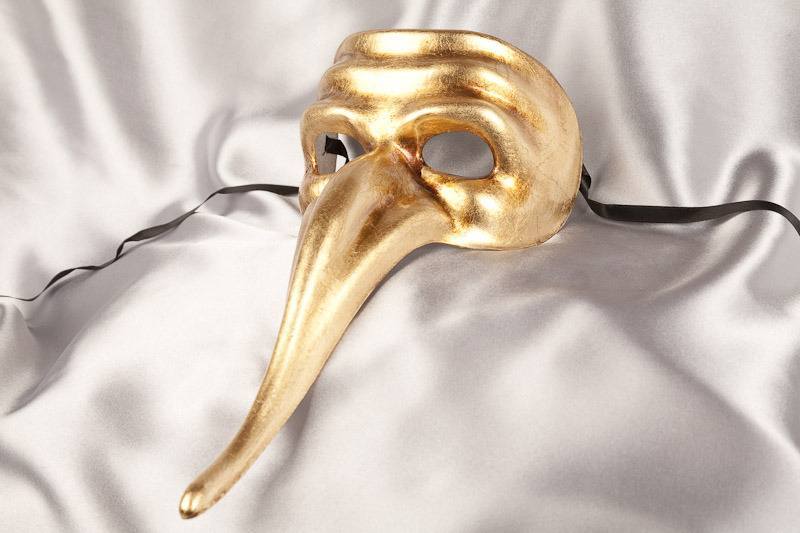
SCARAMUCCIA, OR SCARAMOUCH: BIG NOSE OR LONG NOSE MASKS
ARLECCHINO MASKS
Named after arguably the most popular Zanni (a group of comic servant characters) in the commedia dell’Arte, the Arlecchino is a more reassuringly human variety of mask, traditionally worn in black (over time became available in other colours) and featuring a realistically proportioned snub nose that doesn’t look like something out of a nightmare. Somewhat more odd however was the customary red blemish on the forehead, a feature which, resembling a boil, accentuated the character’s lowly status as well as his peculiarity.
Arlecchino (Harlequin) is identified by the famous Harlequin costume, with its multicoloured diamond pattern of red, green, and blue – representing clothes that are so old and patche d as to have lost their original colour and material. He is a slow thinker who has a love interest in the servant girl Columbina, his lust for her only superseded by his desire for food or fear of his master
PULCINELLA: NOSE MASKS
Widely believed to be the origin of Punch from Punch & Judy, the character of Pulcinella also gave birth to his own mask. It was usually black, often accompanied by loose-fitting white overalls, and featuring a more restrained variety of hooked nose that, while undoubtedly oversized, still kept a vestige of anthropomorphism
Pulcinella or Punch started out as an idiot simpleton servant, who developed into a complex , cunning character. This poor love-struck hunchback eventually became the model for the English variation – ‘Punch and Judy’. Pulcinella was witty and crafty character but also full of common sense. He has loose and straggly hair, and a huge, warped belly. Todays nose masks come in various disguises, Scaramouche, Nasone and Capitano or Captain

DOTTORE PESTE, OR PLAGUE DOCTOR MASKS
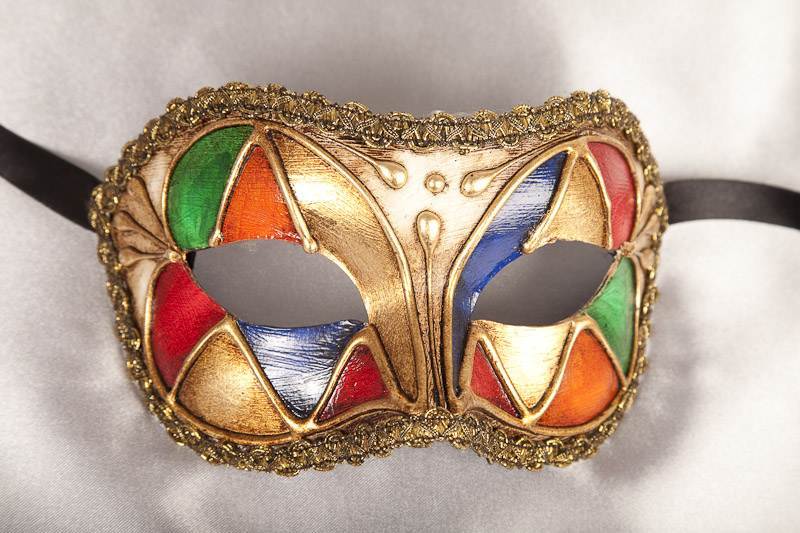
Another half-mask with a ghoulishly exaggerated nose, Dottore Peste differs from the Scaramouch in that its nose is conventionally not only wider but also curved downwards like beak, and whereas the latter mask covers the cheekbones, the Plague Doctor only covers the forehead. Its name and peculiar form originates from the 16th Century and the unusual practices of a French physician by the name of Charles de Lorme, who would wear a full face mask with a hollow beak while treating plague sufferers.
The Doctor is the local aristocrat, and/or doctor of medicine or law or anything else he claims to know about, which is most things. Extremely rich, he adores food and good wines, thus he is a little round. He is typically depicted as an elderly man who only knows nonsense. He makes many cruel jokes about the opposite sex and believes that he knows everything about everything. His costume is usually all or mostly black, sometimes with a white collar. He frequently wears a hat, and long, trailing robes
Nowadays there are many different names given to masks by the Venetian artisans since the commercialization of the Masked Ball. These masks are made with more elaborate decoration such as gold leaf, gems and feathers
Click here to see all “Venetian Mask Characters” and select your mask by name from the sub-menu

